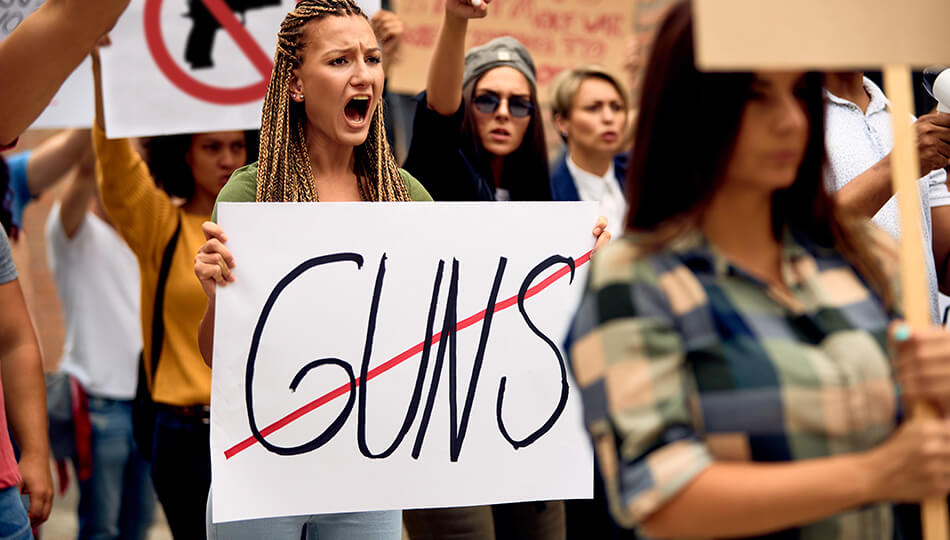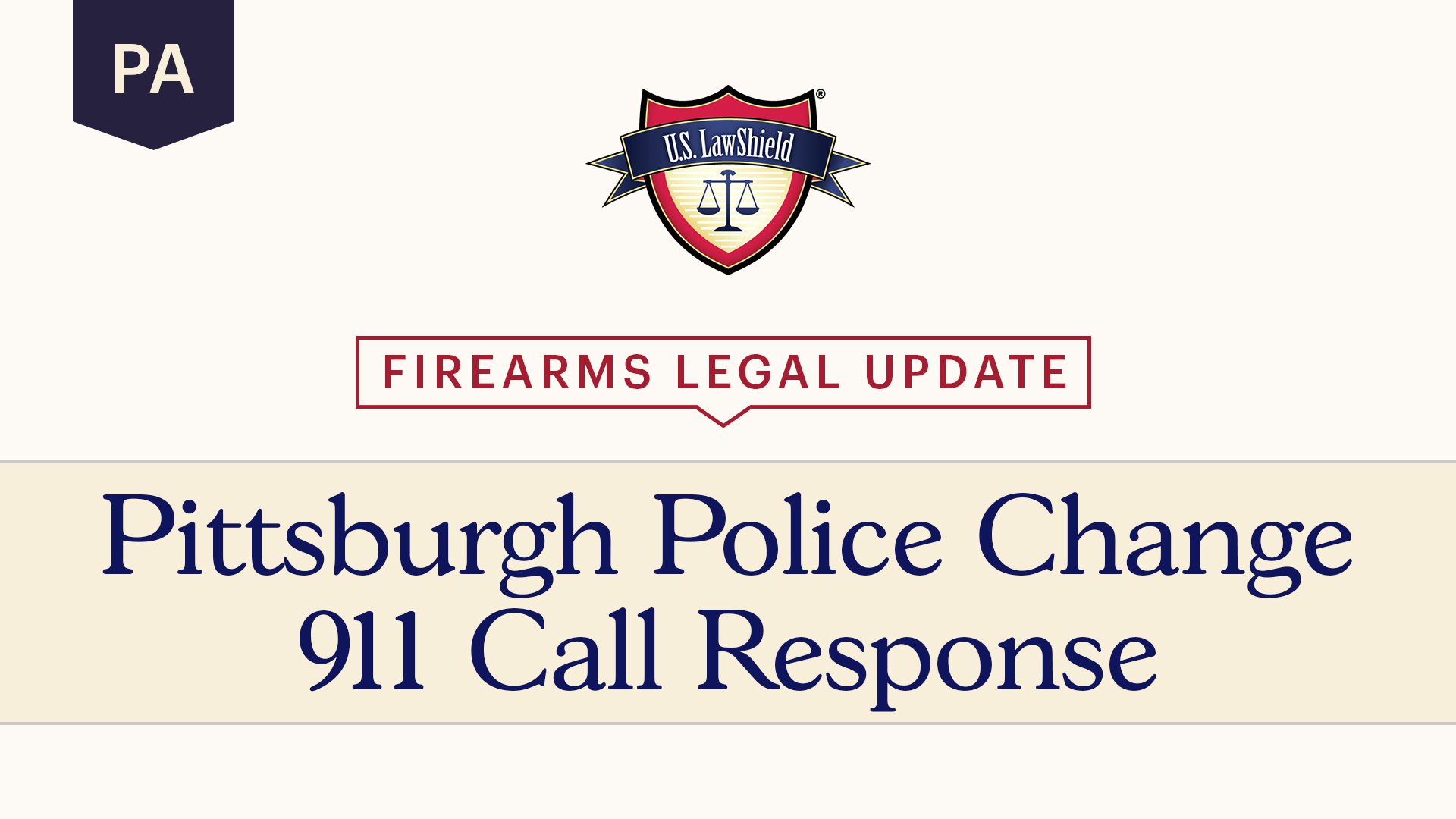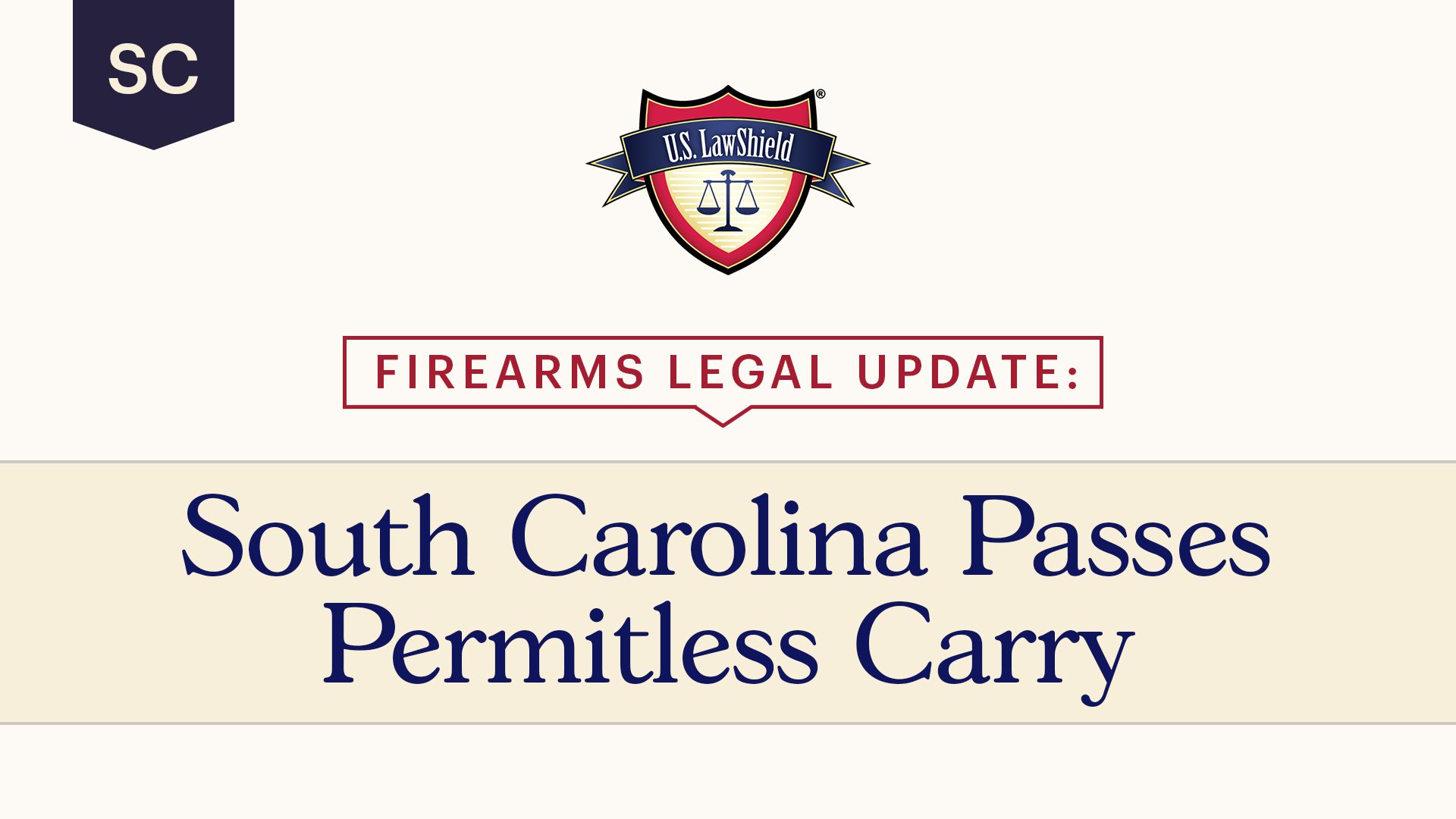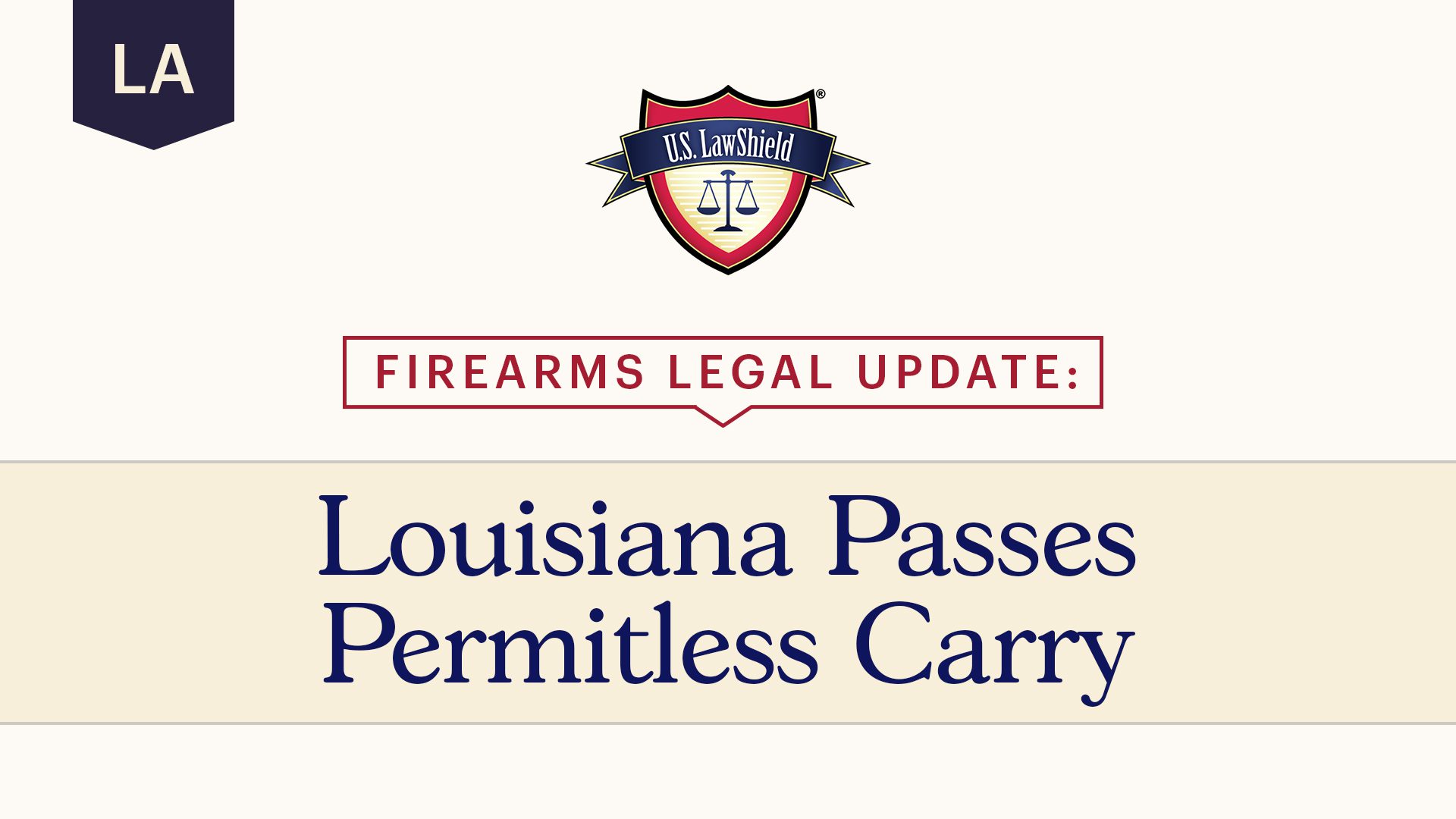
A question that often comes up on both sides of the gun debate is “Has gun control saved lives?” An answer of sorts can be found in studies and statistics, both of which present some of their own downsides and inaccuracies, at times. The simplest answer to this is the most obvious: Criminals behave criminally, and if someone is willing to break the law, creating more laws won’t stop them. In fact, those restrictions typically hinder law-abiding gun owners more than anyone else.
How Many Guns Are in America?
Before we get into gun control-related statistics, let’s consider how many guns are in America. According to a Pew Research study done in June 2021, 4 in 10 adults said they lived in a house with a firearm. GunPolicy.org reported on Bureau of Alcohol, Tobacco, Firearms and Explosives (ATF) findings that there were approximately 242 million firearms for sale or already owned by people in the United States, and that was in 1996, which tells you how outdated that number appears to be. The same study reported those numbers had risen to 310 million by 2009. In 2018, the Switzerland-based Small Arms Survey estimated Americans had about 393 million guns. As of November 2020, the NSSF estimated there were approximately 434 million firearms in civilian possession in the United States. How many guns are in America, really? No one knows, because in the United States part of our Second Amendment rights being protected is that there’s no national registry. In fact, there are federal laws in place that prohibit such registries, such as the Firearms Owners Protection Act of 1986 (FOPA), which revised portions of the Gun Control Act of 1968 (GCA). See 18.U.S.C. § 926(a); 28 C.F.R. § 25.9(b)(3).
There’s no way to know exactly how many guns are in America; suffice to say there are a lot. Taking this a step further, decades of crime show as a general rule, it isn’t the law-abiding gun owners with their legally owned gunscommitting crimes. Keeping that in mind, who do you think gun control affects or helps?
Why Is Gun Control Bad?
Classifying gun control as “good” or “bad” can be difficult, especially since it tends to be a matter of opinion. Instead, let’s consider how effective it is by first looking at how criminals get their guns.
In 2016, the U.S. Department of Justice released a survey of prison inmates detailing how they got their hands on the guns they used in crimes or had on them during the commission of crimes. The survey was done on a national level of both state and federal prisons.
Enjoying this content? Find out how you can get more sent straight to your inbox.
Of those who possessed firearms in the crimes they were currently doing time for, nearly 90 percent got their guns in ways that didn’t involve retail sales. The remaining 10 percent obtained guns through various other methods and “about 1.3% of prisoners obtained a gun from a retail source and used it during their offense.” Frequently, criminals admitted getting their guns by stealing them, with some claiming to have found the guns at the scene of the crime. Many also got their guns off the street in the form of an underground market. As for the so-called “gun show loophole,” only 0.8 percent reported getting their guns from gun shows.
Takeaway: criminals do criminal acts to get their hands on guns. Hence, implementing further gun control laws seems unlikely to help matters.
States with strict gun control laws in place don’t necessarily have lower overall crime rates. For example, the state with the most school shootings is California, which, while it is the most populous state, has some of the most restrictive firearms laws in the country.
And as other countries have discovered, people intent on carrying out violent acts will do so with or without access to firearms. In China, where firearms are heavily restricted, mass stabbings and edged-weapon-related murders are a serious problem. Perhaps it’s worth considering that rather than the weapon itself, the problem may instead be related to the criminal who is intent on using a weapon to harm others, regardless of existing laws.
Self-Defense Shooting Statistics
There’s a popular phrase in the gun world that says, “The only thing that stops a bad guy with a gun is a good guy with a gun.” It might be a cliché, but it does hold some truth.
A 2021 National Firearms Survey conducted by William English, PhD of the Georgetown University McDonough School of Business found that approximately one-third of gun owners report having used their firearms in self-defensein some capacity. The same study reported the overwhelming majority—81.9%—of encounters ended with no shots fired. If you examine some other studies on defensive firearms use, they seem to look at use ending in death, not defensive use as a whole.
It’s important to remember there are practically endless examples out there of good guys with legally owned firearmsprotecting not only themselves and their loved ones from immediate threats, but also members of law enforcement.
Owning a firearm doesn’t make you immune to danger and shouldn’t be seen as an absolute shield. It’s a tool that may be used to defend yourself from an immediate, potentially life-threatening attack. Having Legal Defense for Self Defense® from U.S. LawShield® is a good idea for law-abiding gun owners. With a membership, you have access to qualified Independent Program Attorneys who can answer your questions about self-defense laws, including the use of firearms, and should the worst-case scenario take place, you can immediately reach out for help. Take a closer look at a U.S. LawShield® membership by clicking here.
Gun Control FAQ’s
Your Protection Starts Here!
The information provided in this publication is intended to provide general information to individuals and is not legal advice. The information included in this publication may not be quoted or referred to in any other publication without the prior written consent of U.S. LawShield, to be given or withheld at our discretion. The information is not a substitute for, and does not replace the advice or representation of a licensed attorney. We strive to ensure the information included in this publication is accurate and current, however, no claim is made to the accuracy of the information and we are not responsible for any consequences that may result from the use of information in this publication. The use of this publication does not create an attorney-client relationship between U.S. LawShield, any independent program attorney, and any individual.





Leave A Comment